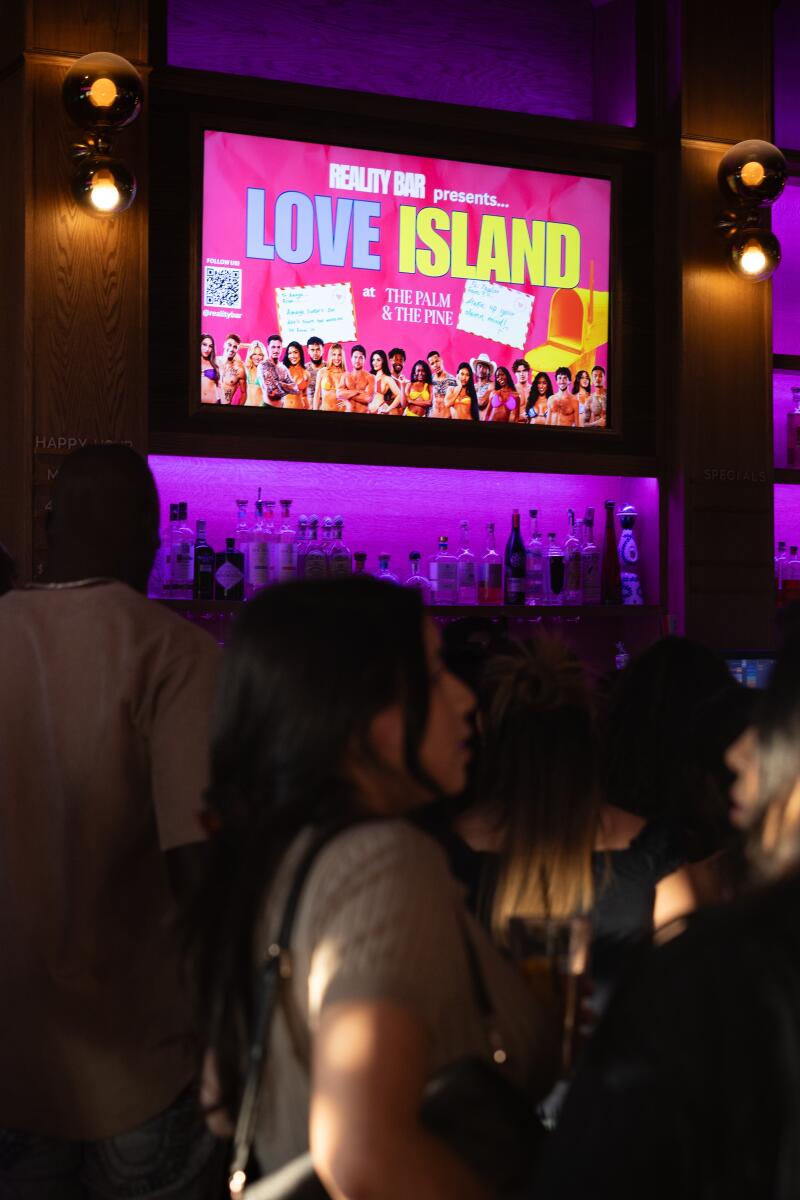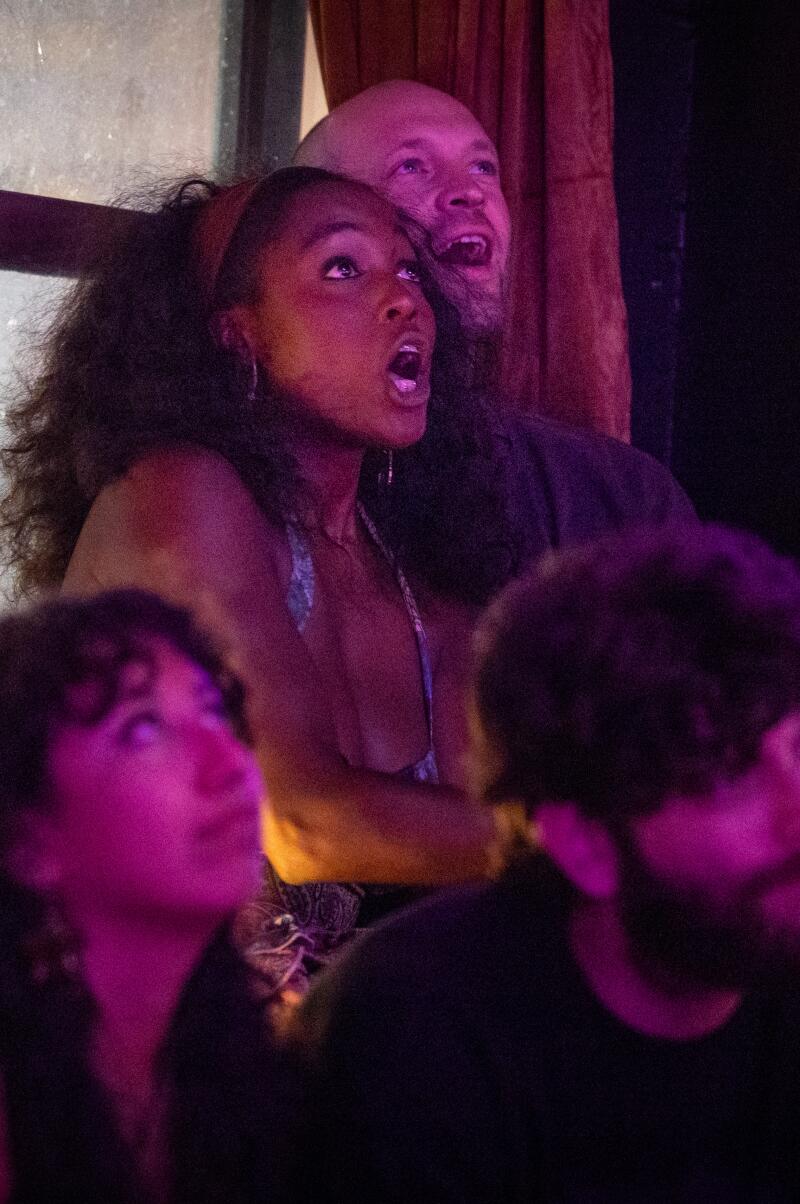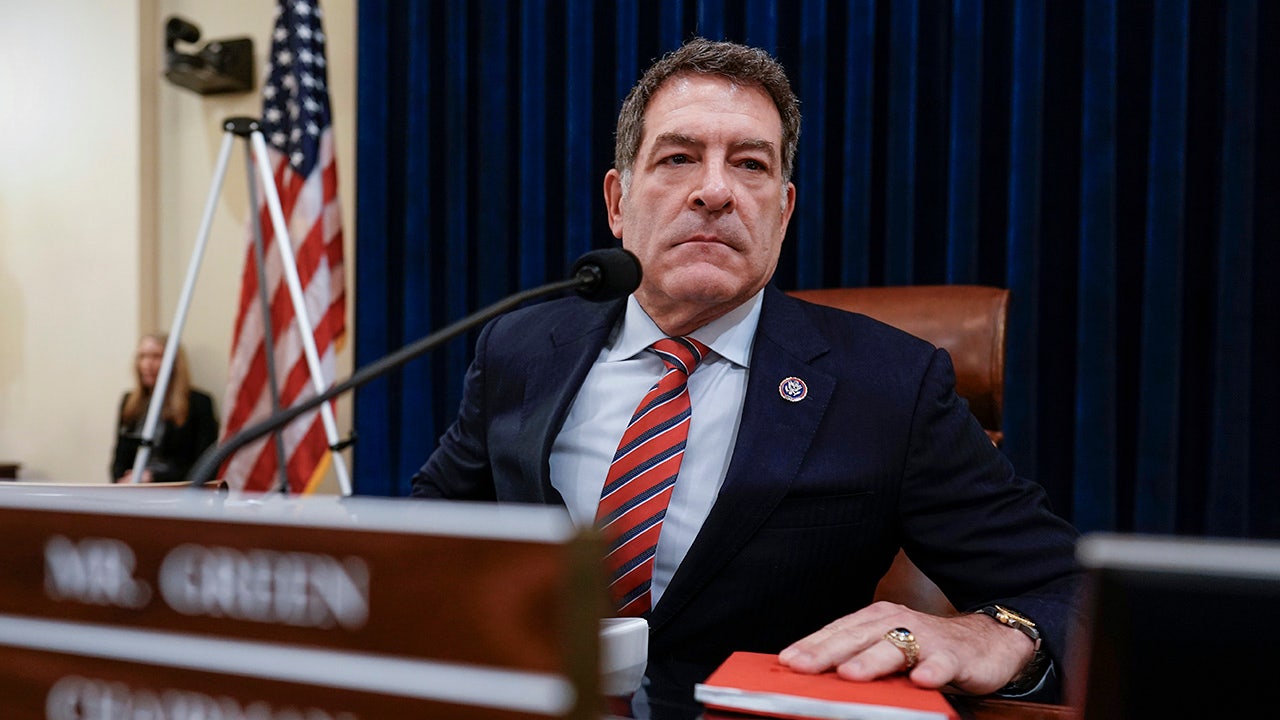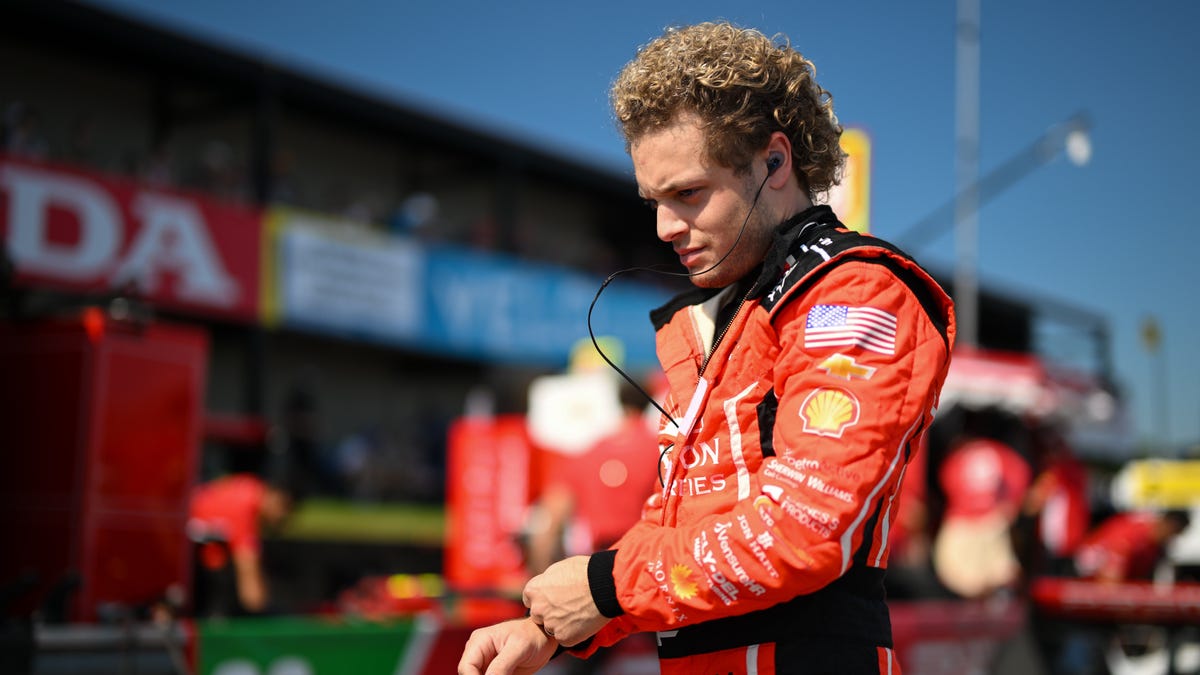Lifestyle
Alec Baldwin's 'Rust' trial to go ahead after judge denies motion to dismiss charge

Alec Baldwin in 2021.
Evan Agostini/Invision/AP
hide caption
toggle caption
Evan Agostini/Invision/AP
A New Mexico judge has ruled that actor Alec Baldwin’s indictment will stand in the fatal shooting of a cinematographer on the set of his film Rust. In an order on Friday, Judge Mary Marlowe Sommer turned down a motion by Baldwin’s attorneys to dismiss the indictment.
Baldwin therefore remains scheduled to go on trial in July for involuntary manslaughter. Nearly three years ago, during a rehearsal for a scene in the Western movie on a ranch outside Santa Fe, Baldwin was holding the prop gun that had been loaded with live ammunition. The Colt .45 revolver went off, killing cinematographer Halyna Hutchins and wounding director Joel Souza.
Baldwin, who was also a producer for the film, pleaded not guilty, and has maintained he was not responsible for Hutchins’ death. Shortly after the shooting, he told ABC News he had “no idea” how a live bullet got onto the set of his film, but that he “didn’t pull the trigger.”
In March, a jury found the film’s armorer, Hannah Gutierrez-Reed, guilty of involuntary manslaughter and negligent use of a firearm. She’s now serving an 18-month prison sentence.
The New Mexico Environment Department’s Occupational Health and Safety Bureau issued a citation against Rust Movie Productions and fined them for failures that led to Hutchins’ “avoidable death.”

The criminal case against Alec Baldwin
The high-profile criminal case against Alec Baldwin has had many twists and turns. Baldwin was first charged in 2023, but New Mexico’s case against him faced a number of setbacks: Baldwin’s attorneys fought to remove special prosecutor Andrea Reeb, a member of the New Mexico House of Representatives. She stepped down from the case. So did the district attorney who brought the case, after downgrading the charges against the actor. (Baldwin initially faced charges for a minimum of five years in prison under a “firearm enhancement” statute, but his legal team noted that such a law didn’t take effect in New Mexico until after the fatal Rust shooting.)
In April of 2023, the charges against Baldwin were dropped as two new special prosecutors were assigned. In October, they presented their case to a grand jury to determine whether he should be criminally charged. By January, the jury agreed to indict him.
But last week, Baldwin’s attorneys Alex Spiro and Luke Nikas asked Judge Mary Marlowe Sommer to dismiss his charges. They argued that during the grand jury hearing, the state’s special prosecutor unfairly stacked the deck against Baldwin, leaving out key testimony and interrupting witnesses multiple times.
“She doesn’t cut off anybody saying ‘I don’t like Alec Baldwin,’ that’s for sure. It’s always in one direction,” said Spiro.
Spiro argued that the “overzealous” special prosecutor engaged in “bad faith” by failing to make defense witnesses available to testify, and for presenting contradictory testimony.
Special prosecutor Kari Morrissey, meanwhile, was on the defensive with Judge Sommer. She denied that she had done anything nefarious before the grand jury.
“Everything he’s saying to you right now is a complete misrepresentation,” Morrissey said of Spiro. “I didn’t hide any information from the grand jury.”
She said she had planned to present several defense witnesses if the grand jurors asked for their testimony, and she denied that the testimony was contradictory.
“I want the court to understand that all I was trying to do was get the most accurate information before the grand jury,” Morrissey explained. She defended the testimony of witnesses, including that of veteran movie armorer Bryan Carpenter, who spoke about industry weapons practices during the grand jury trial: “Everything that Mr. Carpenter said is absolutely accurate about the way that safety protocols on movie sets are supposed to work.” She said Carpenter testified in the Gutierrez-Reed trial that the armorer is in charge of gun safety, and he testified before the grand jury “that the actor has a responsibility for the firearm once it is in his hand.”
Morrissey said according to safety protocols on movie sets, “The person who’s holding the gun isn’t supposed to point at anyone. The person who’s holding the gun is supposed to keep their finger off the trigger. The person who’s pointing, who’s holding the gun, is supposed to know what their intended target is. All of those are things that Mr. Baldwin failed to do. And that information was appropriately presented to the grand jury in this case.”
On Friday, Judge Sommer allowed the grand jury’s decision to stand.

A web of lawsuits
Since the fatal shooting in October 2021, a complex web of lawsuits has grown.
The Rust crew has filed a number of suits against each other. Serge Svetnoy, the film’s gaffer, or lighting lead, sued Baldwin, Guttierez-Reed, and a number of others involved in production. Then script supervisor Mamie Mitchell sued Baldwin and other producers and crew members, too. In 2022, Baldwin filed a lawsuit against the film’s first assistant director, the armorer, prop master and ammunition supplier, alleging negligence.
Halyna Hutchins’ family filed a wrongful death lawsuit against him and his co-producers, alleging their cost-cutting and reckless behavior on set led to her death. As part of the settlement, Hutchins’ widower Matthew was named as executive producer of the film, which resumed and finished filming last year. There is still no release date.
From their home in Ukraine, Hutchins’s sister and parents also filed a civil suit against Baldwin, his co-producers and some crew members.

Lifestyle
Nutella-maker Ferrero to gobble up cereal giant Kellogg for $3.1 billion

The Italian candy company Ferrero plans to buy the American cereal maker Kellogg for $3.1 billion, the companies announced Thursday. The deal would unite the makers of household brands including Nutella and Frosted Flakes.
Brandon Bell/Getty Images (left photo) and Justin Sullivan/Getty Images (right photo)
hide caption
toggle caption
Brandon Bell/Getty Images (left photo) and Justin Sullivan/Getty Images (right photo)
American cereal giant Kellogg and Italian candy giant Ferrero have struck a sweet deal worth $3.1 billion.
Ferrero, the family-owned maker of Nutella, has agreed to buy the iconic American maker of Froot Loops and Frosted Flakes, combining two of the world’s most storied sweet brands.
“Joining Ferrero will provide WK Kellogg Co with greater resources and more flexibility to grow our iconic brands in this competitive and dynamic market,” WK Kellogg CEO Gary Pilnick said in a statement.

Rapidly changing consumer habits are the context for this deal, as U.S. shoppers are increasingly either looking to store-brand snacks and cereals in search of a deal or reaching for heathier choices. Kellogg is also working to phase out artificial dyes from its products.
The company in May reported a decline in sales and lowered its financial forecast for the year. Its new deal with Ferrero will face reviews by Kellogg’s shareholders as well as federal regulators.
Ferrero was founded in Italy nearly 80 years ago and has lately been on a quest to expand its American reach. The company has bought ice cream company Wells Enterprises, known for Blue Bunny and Halo Top brands, in addition to Nestle’s American chocolate business, which includes Butterfinger and Raisinets.
“Over recent years, Ferrero has expanded its presence in North America, bringing together our well-known brands from around the world with local jewels rooted in the U.S. Today’s news is a key milestone in that journey,” Giovanni Ferrero, executive chairman of the Ferrero Group, said in a statement on Thursday.
Kellogg’s parent company first split about two years ago, spinning off its North American cereal business (with Rice Krispies and Kashi) into WK Kellogg. The other half, the snacking business (with Cheez-Its and Pop-Tarts), was last year sold to Virginia-based Mars (with M&Ms and Juicy Fruit) in a massive $30 billion deal.
Lifestyle
'This is our Super Bowl': Where to watch the 'Love Island USA' season finale in L.A.

“Let it go!” one person screamed at a massive TV screen.
“Get him out of my villa!” shouted another.
“Oh, we’re voting tonight!” declared another as they whipped their index finger in a circular motion as if to say, “We need to round up the troops and get ready for war.”
It’s 8 p.m. at the Palm & the Pine and every single seat is taken, so some people have resorted to huddling outside to watch the action through a window. A small crew of bartenders are working double time to serve up wings, french fries and tropical-themed cocktails.
Attendees celebrate the start of the episode.
(Jason Armond / Los Angeles Times)
On most nights at the family-owned Hollywood spot, dubbed “your girlfriend’s favorite sports bar,” patrons might come to watch tennis or basketball or soccer. But on this Tuesday evening, the guests were there to watch a different type of game. They came to the crowded bar to watch “Love Island USA” with 200 other fans who are just as invested in the reality dating show as they are.
“The decibel levels crush any Super Bowl, World Series or anything we’ve shown there,” said Colin Magalong, co-owner of the Palm & the Pine.
“This is our Super Bowl,” added Madeline Biebel, founder of the pop-up event series that screens reality TV shows called Reality Bar, which has been hosting free “Love Island USA” watch parties at the Palm & the Pine and other bars across L.A.
-
Share via
While people have been gathering to watch high-profile television episodes in public spaces for years, the communal watch party has been having a resurgence, fueled in part by social media and the highly dissectible nature of shows like “The White Lotus,” “Severance” and “Traitors.” This summer, “Love Island USA,” a spinoff of the U.K. reality dating show that airs six days a week, has sparked a pop culture craze and Angelenos are flocking to coffee shops, bars, restaurants, social clubs like Soho House and arcades like Dave & Buster’s just to watch the show and kiki about it with others in person.

“This is our Super Bowl,” says Madeline Biebel, founder of Reality Bar, which hosts reality TV watch parties around L.A.
(Jason Armond / Los Angeles Times)
Now in its seventh season, the premise of “Love Island USA” is fairly simple: Ten singles are plopped into a lavish villa in Fiji, where they must couple up with a member of the opposite sex or risk getting dumped from the island. Over the course of several weeks, contestants (who are referred to as “islanders”) participate in extravagant challenges — many of which require them to wear revealing outfits and make out with one another — that are designed to stir up drama. At random, “bombshells” are brought into the mix to encourage the islanders to test their romantic connections. All the while, viewers at home can vote for their favorite islanders, sort of like “American Idol,” with hopes that they will make it to the end and win the $100,000 prize.
“It is so outlandish,” said Lauren Sowa, who lectures on television and pop culture at Pepperdine. “Shows like ‘The Bachelor’ try to maintain a level of decorum and something like ‘Love Island’ throws that into their ocean and their pool and their foam parties with both hands.”
Between the spicy games, the contestants’ disconnection from the world, their dorm room-style living conditions and the ultimate challenge of finding love, Sowa says, “The stakes couldn’t be higher. The drama couldn’t be more and therefore we could not be more entertained.”
The idea of bringing people together to watch “Love Island” and other reality TV shows came to Biebel in 2021 when L.A. was starting to reopen after the COVID pandemic. She wondered, “Why isn’t there a bar or restaurant that shows ‘The Bachelor’?” Biebel, 28, recalled.
At first the bartenders at her local sports bar laughed at her request to turn on the show, but when a crowd of people joined her to watch it on the patio, she knew that she was onto something.

Attendees arrive as early as 5 p.m. to secure a seat at the “Love Island USA” watch party in Hollywood. (Jason Armond / Los Angeles Times)

“Those moments where everyone is freaking out together are just magical,” said Madeline Biebel, founder of Reality Bar. (Jason Armond / Los Angeles Times)
She hosted the first Reality Bar event in 2023 at a restaurant on the rooftop of the Kimpton Hotel Wilshire and 40 people showed up to watch “Love Island USA” Season 5. She continued hosting watch parties for reality shows including “The Real Housewives” and “The Bachelor,” one in which Joey Graziadei, the Bachelor himself, made a surprise appearance.
But none of the events have been as popular as the parties for the current season of “Love Island USA.” Thanks to a TikTok that got nearly 3 million views, the watch party at the Palm & the Pine went from having about 100 RSVPs to 1,500. On Sunday, fans cheered when Austin Shepard and Charlie Georgiou, who were booted from the island, made an appearance at the event. To keep up with the growing demand, Biebel added 10 other venues to watch the show at including the Nickel Mine in Sawtelle, Roosterfish in West Hollywood and the Happy Rabbit in Sherman Oaks.
“People are just so hungry for connection and community especially post-COVID,” said Biebel, adding that it brings people together who share a common interest. “Those moments where everyone is freaking out together are just magical.”



(Clockwise from left) 1.) Fans of “Love Island USA” cheer, scream and gasp during the dramatic episode. 2.) Reality Bar’s “Love Island USA” watch parties became so popular that 10 more L.A. locations were added. 3.) Maya Suarez, left, and Reanna Davidson enjoy drinks and roses courtesy of Reality Bar. (Jason Armond / Los Angeles Times)
At the Tuesday night party, people started arriving as early as 5 p.m. to secure a seat inside the two-story bar. As pop and hip-hop music played loudly over a sound system, attendees sipped on “Love Island”-themed cocktails with clever names like the “I’ve Got a Text-ini” (a vodka martini with cranberry juice), “Bare Minimum” (an espresso martini), “Hot New Bombshell” (tequila, grapefruit and lime), “Aftersun Spritz” (Prosecco, mint, soda and lemon) and “I’m Open” (cucumber, vodka, lemon and soda).
When the show promptly appeared on the bar’s multiple TV screens at 8 p.m., a thunderous roar of cheers exploded. Throughout the dramatic episode — which involved the islanders reading anonymous letters about how their fellow cast mates truly felt about them — many patrons talked among themselves and shouted at the TV, but no one seemed bothered. The energy was high and the subtitles were on.
Branson Bond, 27, of Hollywood and six of his friends went to the watch party for the first time after learning about it on social media.
“It’s one thing to see people’s perception online, but it means so much more — whether it’s music or film — to be around people who have a common interest,” said Bond, who managed to find a booth in the upstairs area of the bar with his friends. “Especially with everything going on in the world, it’s cool to kind of decompress with something silly every now and then.”
“We love to kiki, to party [and] we need a debrief like immediately after the show, so I needed to experience this,” said Giselle Gonzalez, 27, of Hollywood.
Reanna Davidson, 26, and her sister Maya Suarez usually rotate watching “Love Island USA” together at one of their homes, but they thought a watch party would be more fun.
“I feel like we’re obsessed with “Love Island” and we go crazy at home so we wanted to see what the environment was like here,” Davidson said in between sips of a martini.
“I like the drama, but also I like the love,” she said. “Like last year, watching them all fall in love and really have relationships outside of it was so sweet.”

“I love the camaraderie here and everybody yelling,” says attendee DeVante Waugh.
(Jason Armond / Los Angeles Times)
After attending one of Reality Bar’s watch parties at a different venue, DeVante Waugh, 32, wanted to come back with a group of his work friends who all started watching the show recently.
“I love the camaraderie here and everybody yelling,” said Waugh, adding that he’s still mad that Jeremiah was sent home during one of the show’s most shocking moments. “It’s fun. It’s like watching a game. And then there’s a lot of pretty women, not a lot of guys,” he adds jokingly.
While some attendees left the bar immediately after the episode was over, some stayed to do karaoke, strike a pose in the photo booth or to recap what happened on the show with their new friends. It’s this community aspect that JP Stanley, 29, of Hollywood appreciates most about watch parties.
“I think it’s the sense of being a part of something,” said Stanley as he sipped on a glass of Prosecco. He attended the event with a friend and said he hopes to see more watch parties even after the current season of “Love Island” wraps. “L.A. is really yearning for that community and I think this is something that really gives people of any age a place to connect, and it’s such an easy common denominator.”
He added, “There’s no prerequisite required. You don’t have to know anything about me and I don’t have to know anything about you. I can just be like, “So, Love Island” and you’ll be like, “Right, Amaya!”
“Love Island USA”
Where to watch the season finale in L.A. on Sunday
The “Love Island USA” Season 7 finale airs Sunday, July 13, at 6 p.m. PT on Peacock. These bars around L.A. will be hosting watch parties, most of them organized by Reality Bar.
The Palm & the Pine (1624 N. Cahuenga Blvd., Hollywood) at 8 p.m.
Nico’s (3111 Glendale Blvd #2, Los Angeles at 8 p.m.)
Roosterfish (8948 Santa Monica Blvd., West Hollywood) at 8 p.m.
The Nickel Mine (11363 Santa Monica Blvd., Los Angeles) at 8 p.m.
On the Thirty (14622 Ventura Blvd. #112, Sherman Oaks) at 8 p.m.
Happy Rabbit (5248 Van Nuys Blvd., Sherman Oaks) at 8 p.m.
Untamed Spirits (3715 Evans St. W., Los Angeles) at 8 p.m.
Britannia Pub (318 Santa Monica Blvd., Santa Monica) at 8 p.m.
Eastwood (611 S. Western Ave., Los Angeles) at 8 p.m.
33 Taps (at all 5 locations) at 8 p.m.
Lifestyle
Great Songs For Your Next Road Trip : Pop Culture Happy Hour

-

 Business1 week ago
Business1 week agoSee How Trump’s Big Bill Could Affect Your Taxes, Health Care and Other Finances
-

 Culture1 week ago
Culture1 week ago16 Mayors on What It’s Like to Run a U.S. City Now Under Trump
-

 Politics6 days ago
Politics6 days agoVideo: Trump Signs the ‘One Big Beautiful Bill’ Into Law
-

 Science1 week ago
Science1 week agoFederal contractors improperly dumped wildfire-related asbestos waste at L.A. area landfills
-

 News1 week ago
News1 week agoVideo: Who Loses in the Republican Policy Bill?
-

 Politics1 week ago
Politics1 week agoCongressman's last day in office revealed after vote on Trump's 'Big, Beautiful Bill'
-

 Technology1 week ago
Technology1 week agoMeet Soham Parekh, the engineer burning through tech by working at three to four startups simultaneously
-

 World6 days ago
World6 days agoRussia-Ukraine war: List of key events, day 1,227















